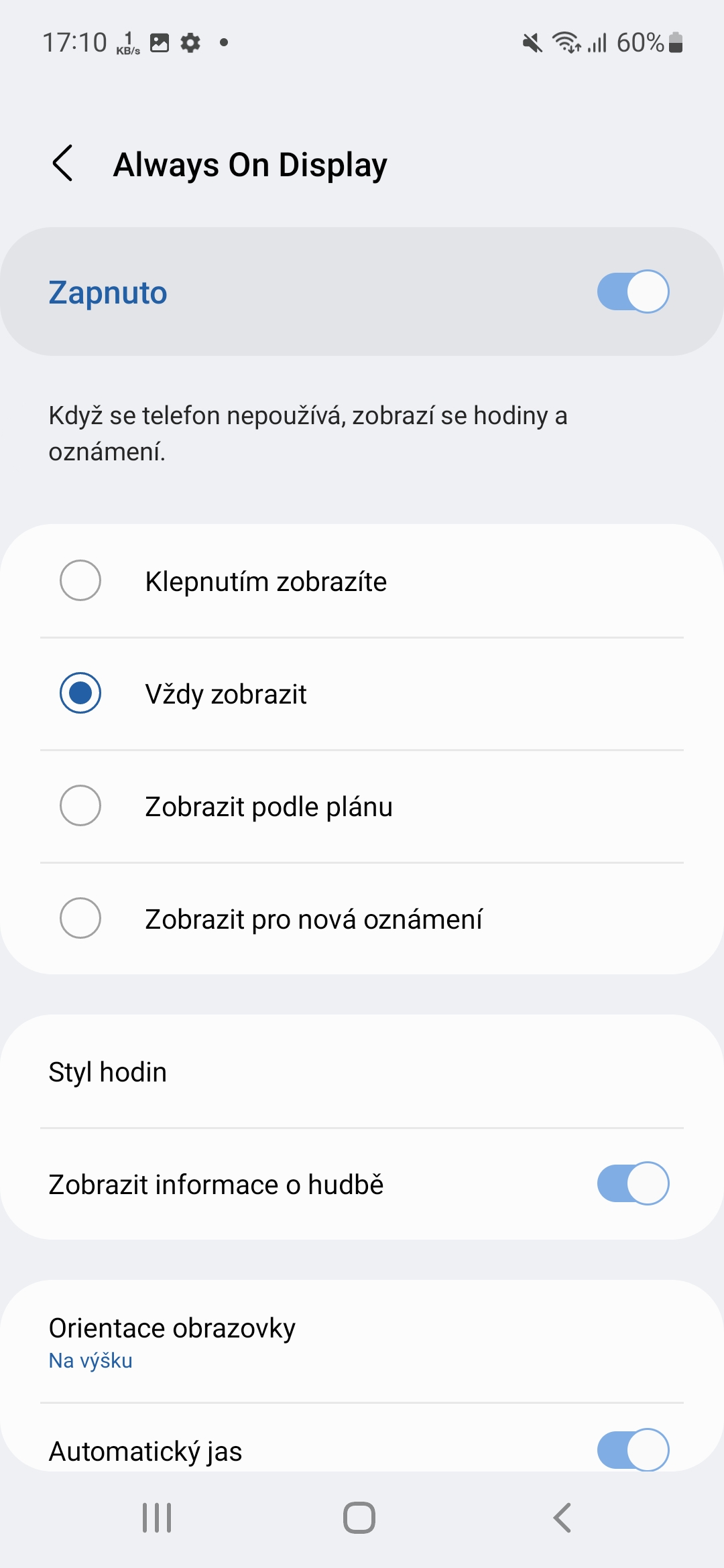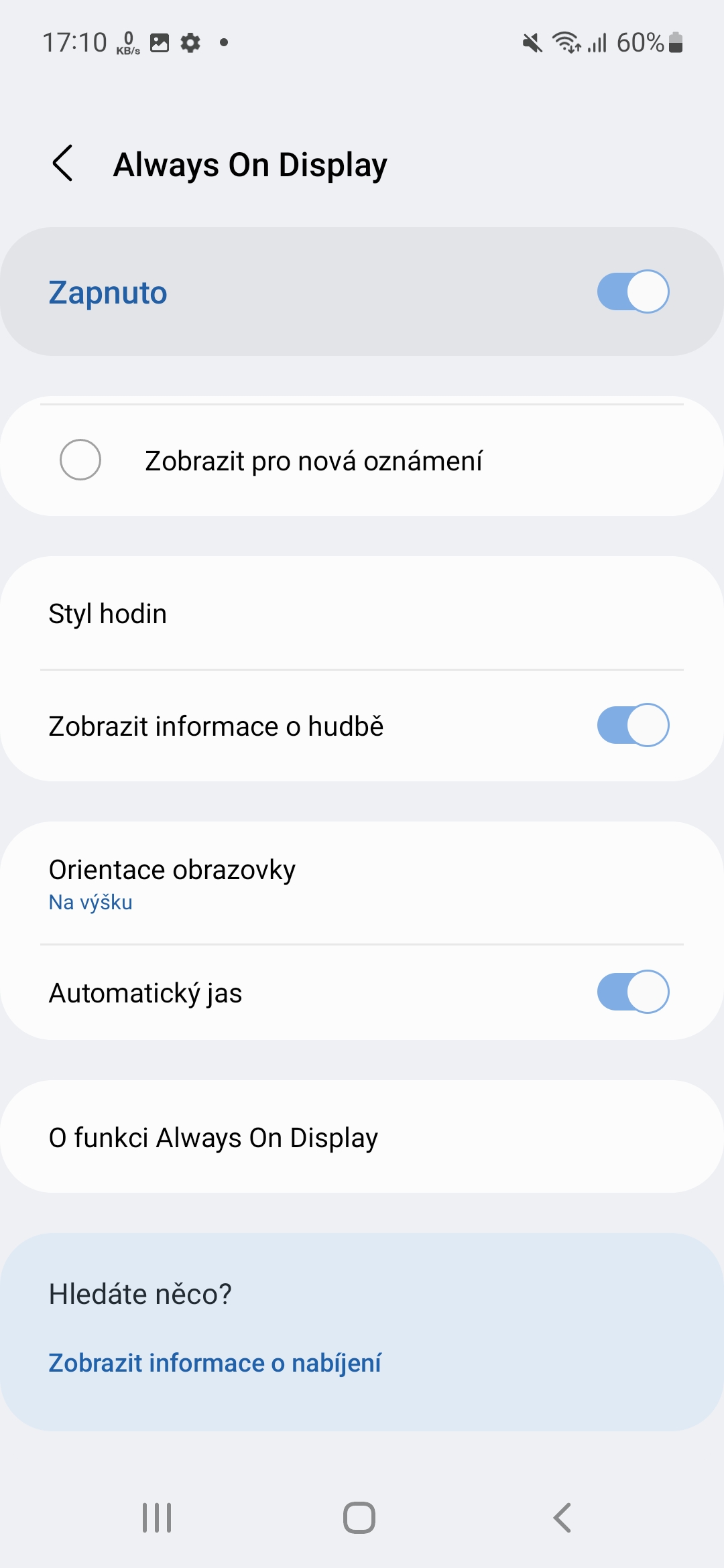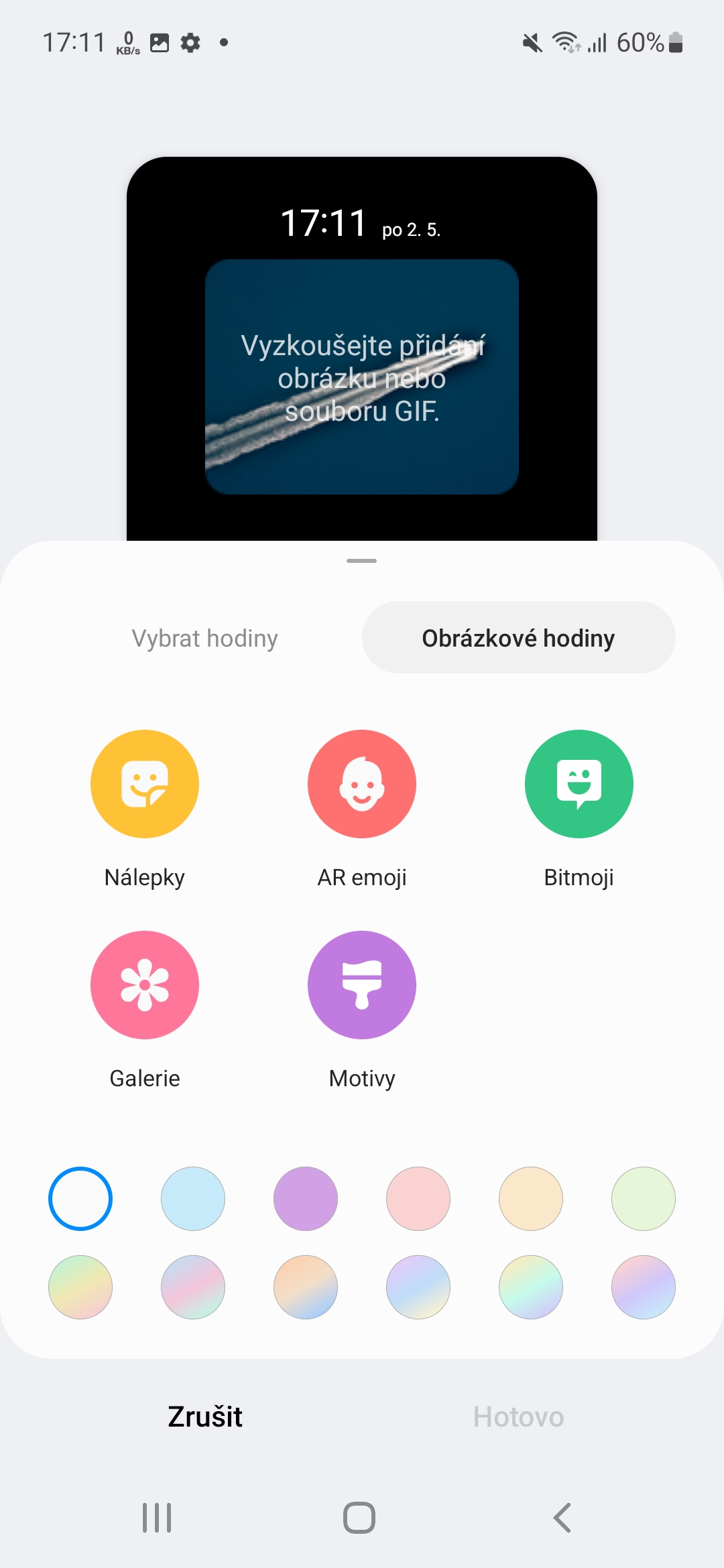And here it is again. With WWDC22 just a week away, speculation about what iOS 16 will bring is heating up considerably. Once again, the Always On Display, a function that is normally available on Android phones, and which can be used by the Apple Watch as well, has come under fire again. But what effect would this feature have on the iPhone's battery?
Bloomberg's Mark Gurman says in his latest Power On newsletter that iOS 16 could "finally" include an always-on display feature on the iPhone 14 Pro and 14 Pro Max. It is finally here in connection with how long this feature has been talked about. This has been the case since the iPhone X, in which Apple first used an OLED display. Users are also calling for this feature a lot.
It could be interest you
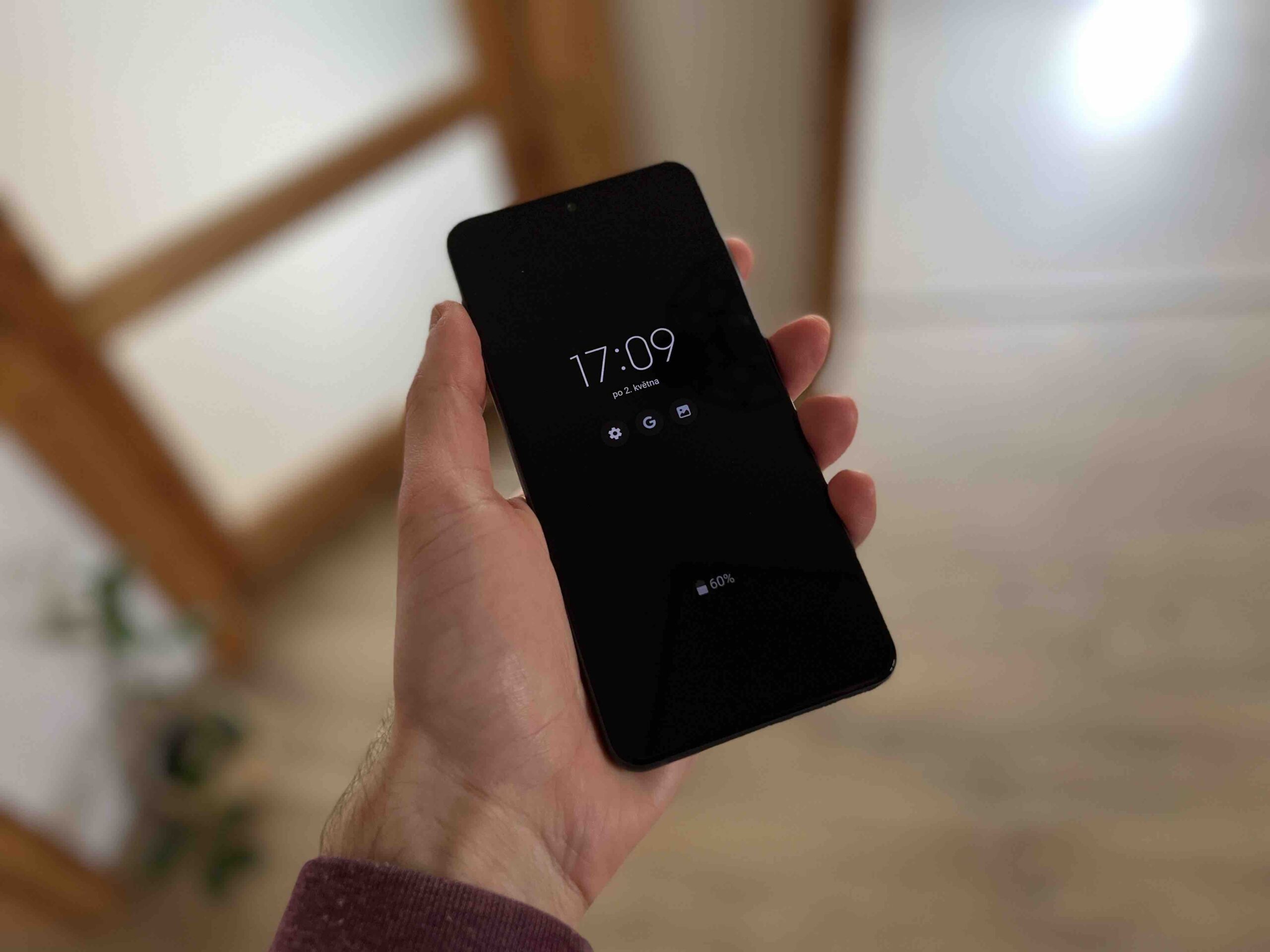
Refresh rate
The iPhone 13 Pro series then introduced adaptive refresh rates for their displays, and it was actually a surprise that they didn't get Always On. However, their lowest frequency was set at 10 Hz. So this would mean that even when simply displaying basic information, the display would have to flash ten times per second. If the iPhone 14 Pro lowers this limit to 1 Hz, Apple will achieve the minimum battery requirements and give the feature more meaning.
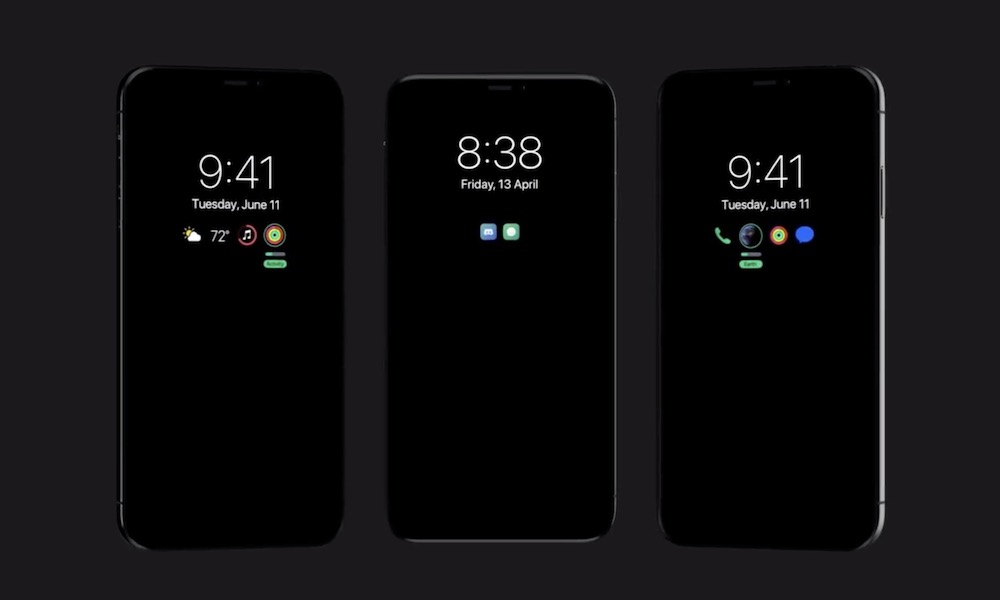
However, Android phone manufacturers do not make a big deal out of it. Almost all models with OLED/AMOLED/Super AMOLED displays include Always On, even if they have fixed refresh rates, typically 60 or 120 Hz. Of course, this means that the display in its active part must refresh its image up to 120 times per second. Where there are black pixels, the display is off. The less information that is displayed, the lower the demands on the battery. Of course, a lot also depends on the brightness set (it can be automatic) and also the color of the text.
It could be interest you
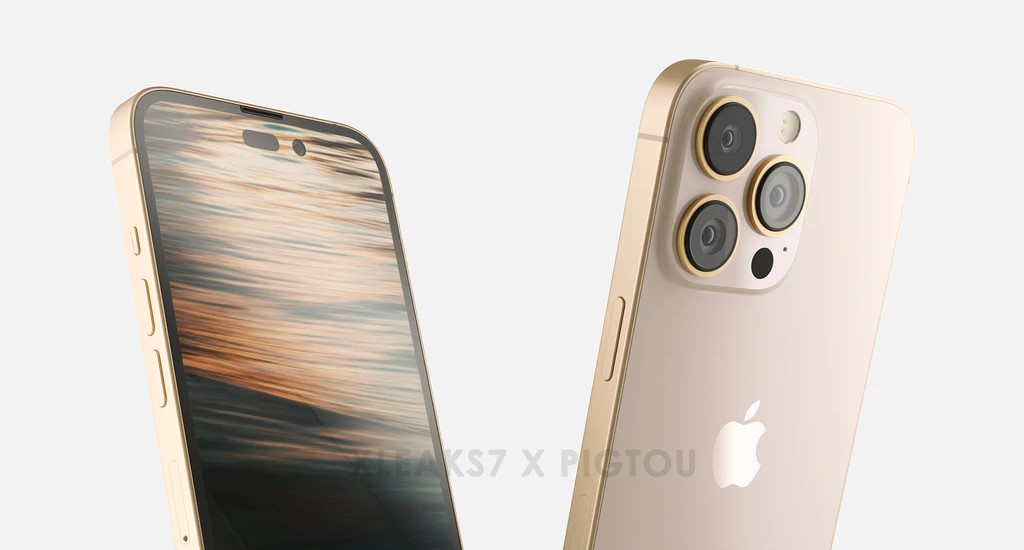
The claims are, but only minimal
E.g. Samsung phones offer several Always On Display options. It can be active all the time, only appear when you tap the display, it can be displayed according to a preset schedule or only appear when you miss an event, otherwise the display is off. It is, of course, a question of how Apple would approach the function, but it would certainly be convenient if it were also definable and could be turned off completely if the user does not require it.
Since the information display would only refresh once per second, and the black pixels would remain off, it is very likely that the feature would have a very small, practically negligible effect on the battery. Because it will also be available exclusively for the iPhone 14 Pro, Apple will also optimize the system accordingly. So there is no need to worry about the Always On display draining your phone overnight and turning it off.
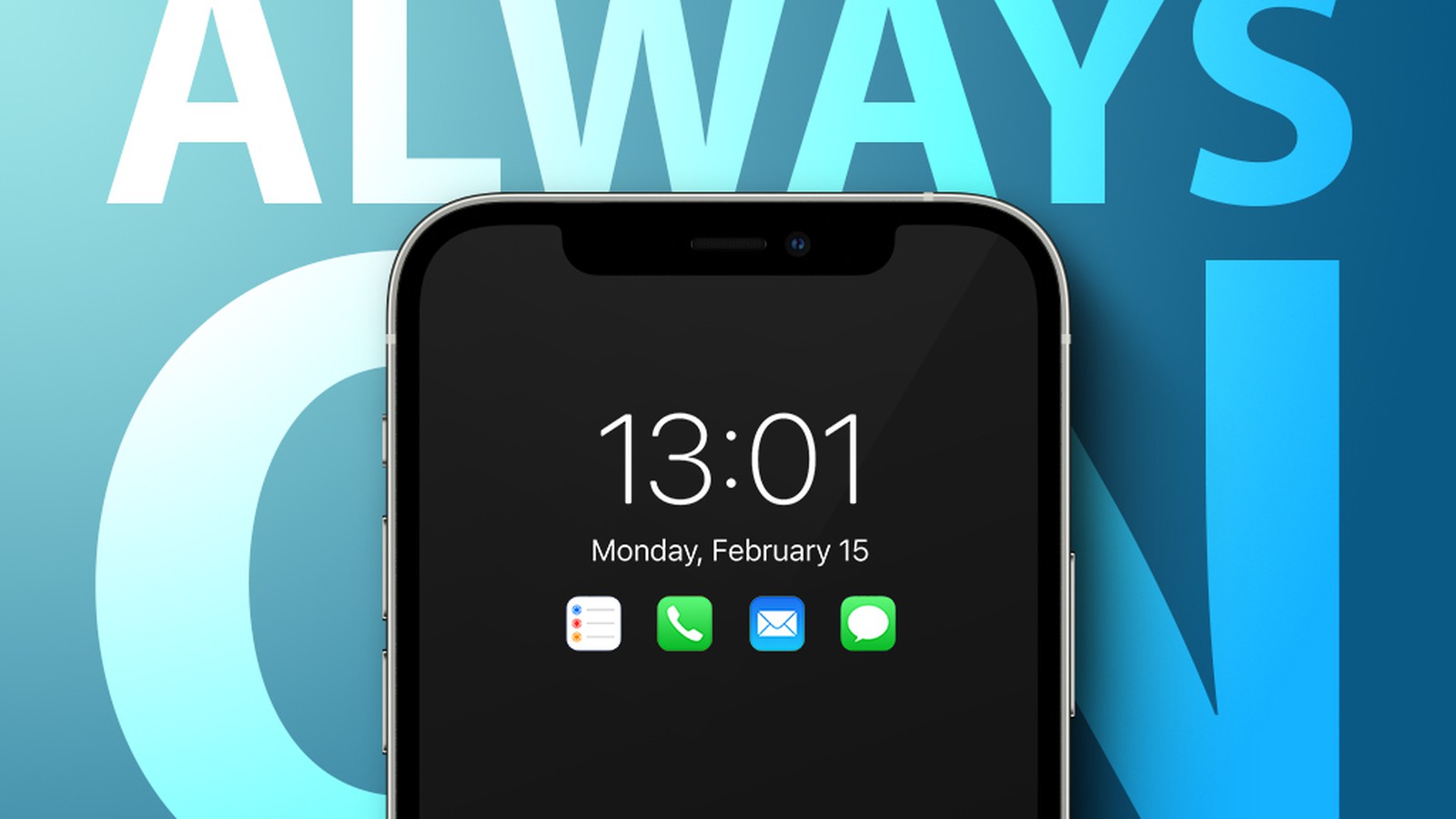
Yes, there will of course be some demands on energy consumption, but really only minimal. According to the website TechSpot Always On on Android devices has a battery drain of about 0,59% on low brightness and 0,65% on high brightness per hour. These are the values measured with the old Samsung Galaxy S7 Edge. Since 2016, Always On consumption has not been addressed on Android because it makes no sense when it is generally known that the battery demands are minimal. So why should it be any different with the iPhone?
 Adam Kos
Adam Kos 
